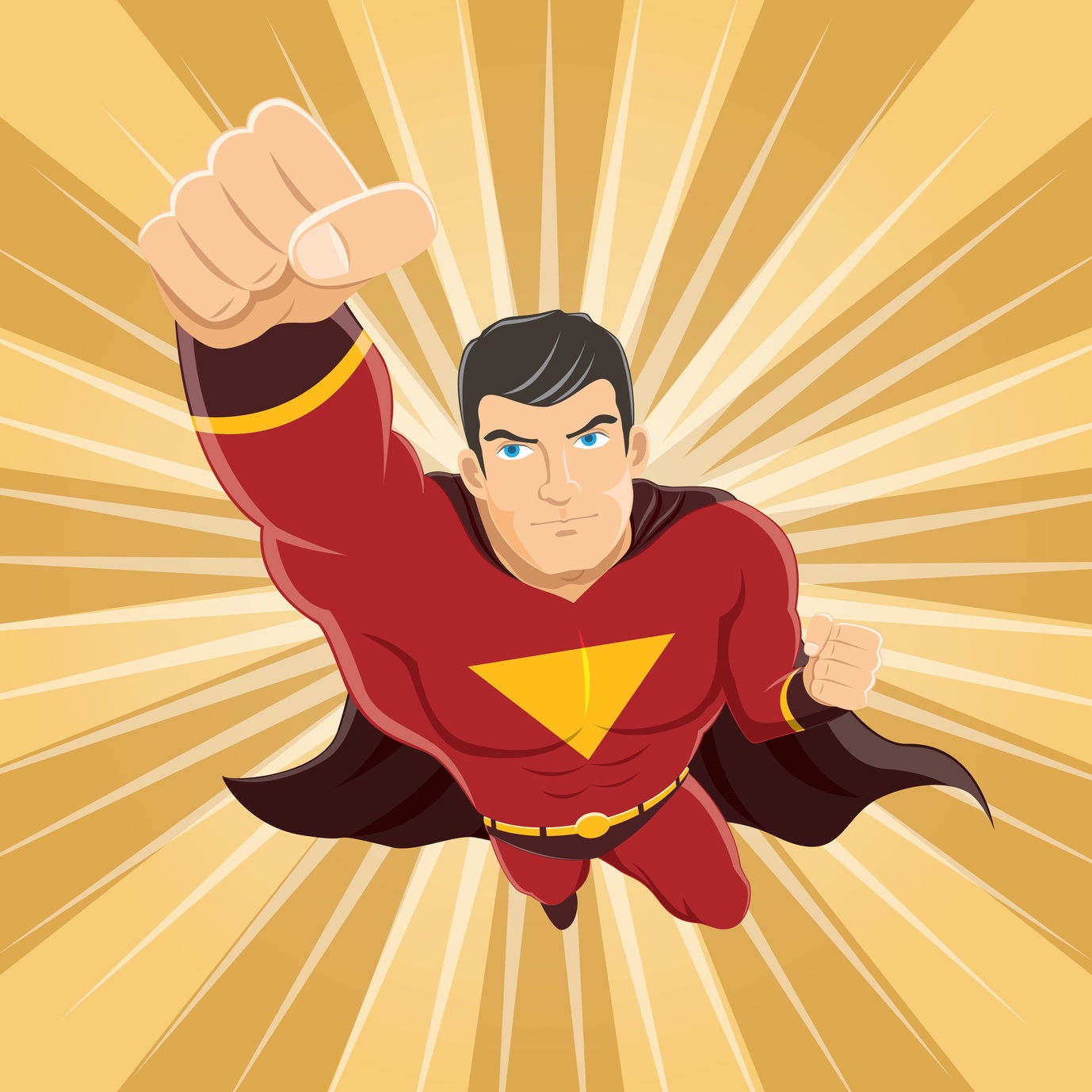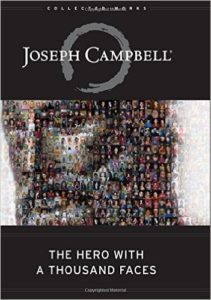
Joseph John Campbell was an American mythologist, writer and lecturer whose body of work covers the varied aspects of the human condition. His philosophy is often paraphrased as, follow your bliss. In 1949, he made an impact on the literary world with his book, The Hero with a Thousand Faces.
Discovering ancient myths from around the world follow a common story-pattern built on a similar structure, Campbell implemented psychiatrist, Carl Jung's concept of archetypes, to map out an underlying framework. In, The Hero with A Thousand Faces, Campbell presents the hero's journey as a monomyth model, a term he borrowed from James Joyce. George Lucas created Star Wars, using Campbell's model as his blueprint.
In mythology, the monomyth, or hero's journey begins with the hero setting off on an adventure and then facing a pivotal crisis before winning a victory and returning to his home transformed or changed. Campbell outlines 17 stage of the monomyth or hero’s journey, pointing out that not every monomyth contains all 17 stages and that some myths focus on just one of the stages, while others deal with the stages in a different order.
J.R. Tolkien’s, The Hobbit, is fiction novel that incorporates all seventeen stages of Joseph Campbell’s monomyth. Classic examples of the hero’s myth are Ulysses struggle in Homer’s, The Odyssey and King Arthur’s quest for the holy grail in Camelot.
The 17 Stages of Joseph Campbell’s monomyth or Hero Myth are most commonly divided into three sections or acts as follows:
I. Departure or Separation
II. Initiation, often subdivided into
IIA Descent and IIB Initiation
III. Return
In Act I or the Departure, the hero or protagonist live an ordinary, uneventful, unfulfilling life and receives a call to go on an adventure. The hero resists following the call and is encouraged by a mentor type figure.
Act II or the Initiation, starts with the hero crossing into an unknown or special world where he is subjected to quests and ordeals, alone or aided by helpers. Ultimately the hero reaches the central crisis of his adventure, facing adversity and overcoming his main obstacle or enemy. At the end of this stage, the hero undergoes an apotheosis and gains an elixir, treasure, or other reward.
In Act II, the Return, the hero must cross the threshold between the worlds again, returning to the ordinary world with his elixir, treasure, or reward which he uses for the benefit of his fellow man. The adventure transforms the hero, imparting wisdom or spiritual power over both worlds.
The Hero’s Myth is more specifically outlined as follows, keep in mind not all stages need to be incorporated into the three acts of your plot and their order within each act can be rearranged, if necessary. Also, note that a supernatural force can be a concrete enemy such as cancer or war:
I. Departure
1. The Call to Adventure - the hero leads a benign, unfulfilled, ordinary existence, receiving information which serves as a call to adventure.
2. Refusal of the Call – the future hero refuses the call based on a range of reasons like fear, insecurity, a sense of inadequacy, a sense of obligation, etc., keeping the hero in his/her present circumstances.
3. Supernatural Aid – the hero consciously or unconsciously commits to the adventure after a guide or supernatural mentor appears or becomes known, presenting the hero with one or more talismans or artifacts to aid his quest in the future.
4. Crossing the Threshold – the future hero ventures into an unfamiliar and dangerous realm with unknown rules and limits, leaving his know world behind.
5. Belly of the Beast – willing to undergo a metamorphosis, the belly of the beast represents the final separation from the future hero's known self and world.
II. Initiation
6. The Road of Trials – the hero endures a series of tests, beginning his or her transformation but often fails one or more of them, which commonly occur in threes.
7. Meeting with the Goddess – an important step in the hero’s journey, it is often represented by him/her finding the person they love most completely. The hero experiences all-powerful, all encompassing, unconditional love like the love of an infant for its her mother.
8. Woman as Temptress – woman is often a metaphor for life’s physical and material temptations, usually pleasurable and physical in nature. The hero is lead astray or abandons his spiritual journey, commonly tempted by lust.
9. Atonement with the Father – father is frequently symbolized by a male entity or someone or something with incredible power. Often a metaphor for the power to wield life or death over the hero who encounters this ultimate power here in the center point of his/her quest. All roads prior, lead up to this central point and the remaining steps in the plot lead out from it.
10. Apotheosis – a period of rest, peace, and fulfillment for the hero before he/she begins the return.
11. The Ultimate Boon – all steps lead up to prepare and purify the hero for achieving the goal of the quest. In myths, it is most often attaining a transcendent like the elixir of life, a plant offering immortality, or the holy grail.
III. Return
12. Refusal of the Return – the hero may refuse his/her return to the ordinary world after finding bliss and enlightenment in the new world.
13. The Magic Flight – often the boon is something the gods have jealously guarded and the hero must escape the boon, making the return journey dangerous and adventurous as well.
14. Rescue from Without – often the hero is presented with powerful rescuers or guides to bring him/her back to ordinary life like he/she encountered before the quest started, especially if the her is wounded or weakened by the quest.
15. The Crossing of the Return Threshold – the hero returns with wisdom gained on his/her journey and must figure out how to apply it to everyday life and share it with the rest of humanity.
16. Master of Two Worlds – often represented by a transcendental figure like Zeus, Buddha, or God. For a human hero it symbolizes achieving a balance between material and spiritual worlds. In both inner and outer worlds, the hero is now confident and competent.
17. Freedom to Live – the hero no longer regrets the past or anticipates the future. Mastery over the quest frees the hero from the fear of death and allows him to live in the moment.
Numerous works of popular fiction are based on the monomyth structure, including Spenser's The Fairie Queene, Melville's Moby Dick, and Charlotte Brontë's Jane Eyre. Other popular others who incorporate the Hero’s Myth into their works including Charles Dickens, Faulkner, Maugham, J. D. Salinger, Hemingway, Mark Twain, W. B. Yeats, C. S. Lewis, Seamus Heaney and Stephen King, just to name a few.
You may find structuring the plot of your next novel on all or part of Joseph Campbell’s 17 stages of his monomyth or Hero Myth structure works well for your story, too.
Read more…
The Hero With a Thousand Faces

